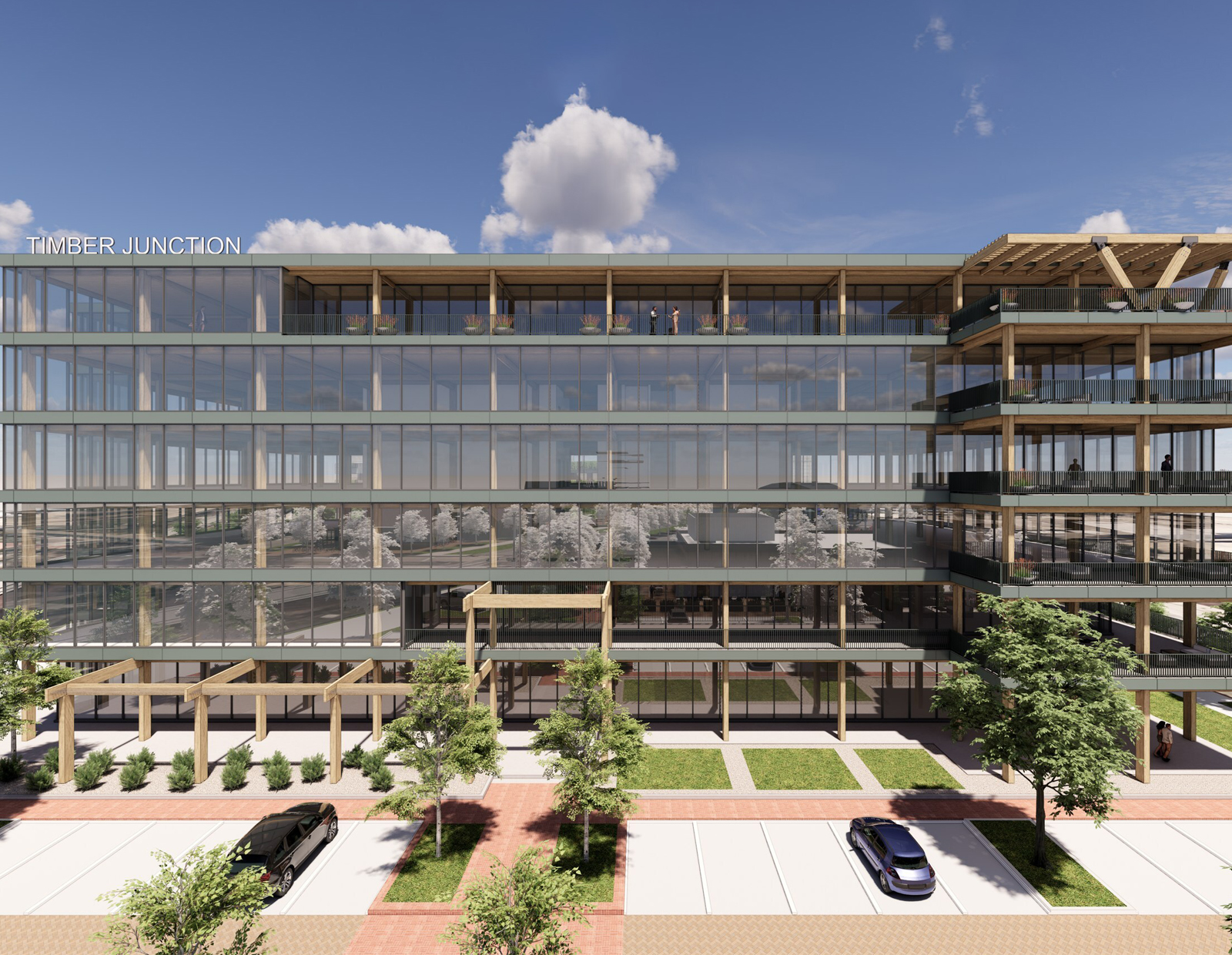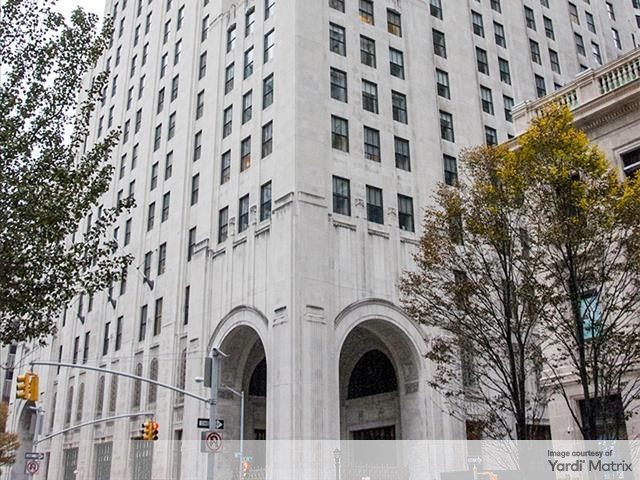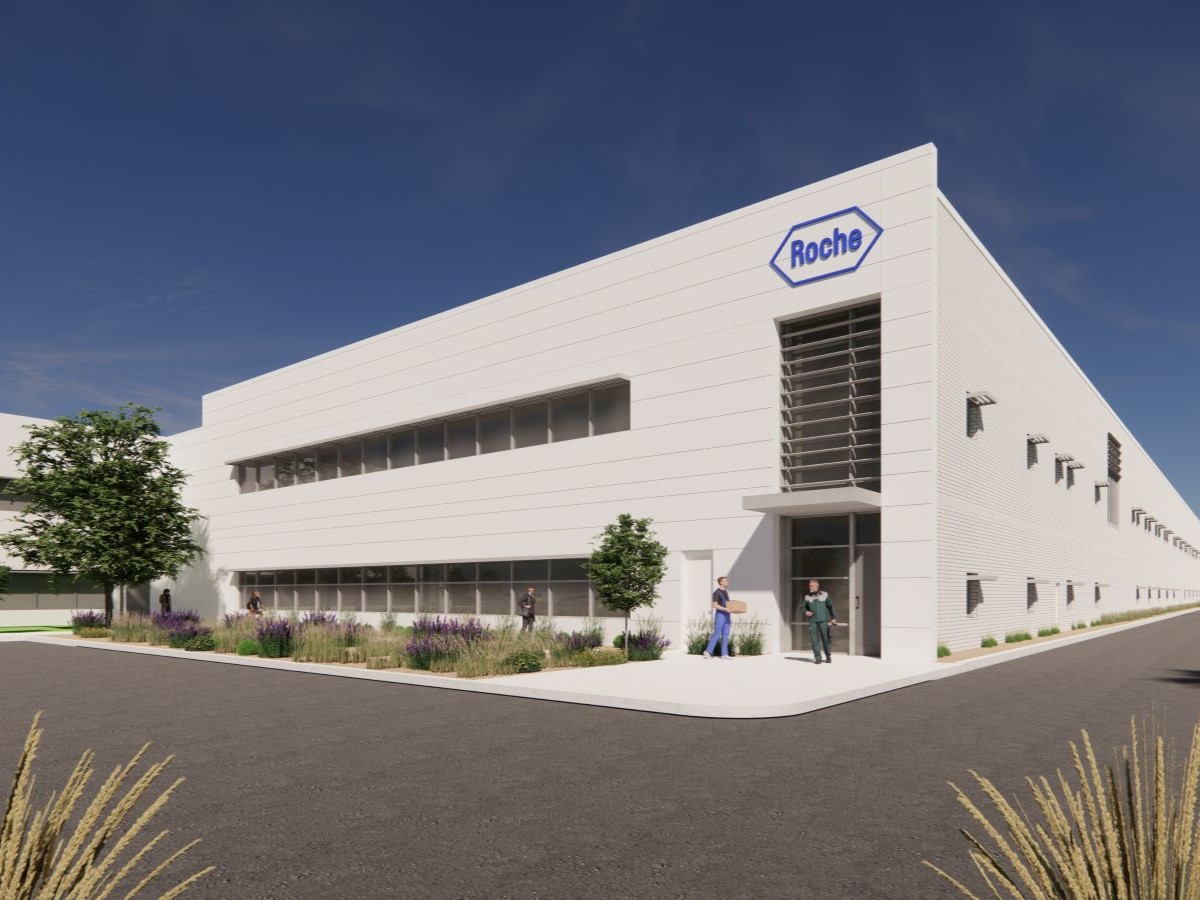Turning NYC Green From the Top Down
New York City is weighing proposals calling for most new buildings to incorporate renewable energy sources or green roofs.
By Anca Gaguic
Not long after California passed its landmark legislation requiring most new residential properties to incorporate photovoltaics, New York City followed suit with a far-reaching proposal of its own. Legislation introduced last month would mandate renewable energy installations or green roofs for most new projects. If the measures become law, they will influence development strategies in the nation’s largest real estate market.
The bills call for new offices, industrial facilities and storage units to cover the rooftop spaces with a green roof, solar panels, small wind turbines or a combination of the three. “This legislation promotes energy efficient building practices, as green roofs filter pollutants and add agricultural space, solar roofs encourage renewable energy generation and reduce air pollution and small wind turbines generate heat and electric power in an environmentally conscious manner,” notes the bill’s summary.
Two bills introduced in late 2017 would apply to residential development and community properties like schools, libraries, post offices and medical centers. Together, this package of legislation would affect nearly all new construction in New York City, as well as buildings undergoing major renovations or remodeling their roofs.
Yaniv Kalish, CEO of the energy advisory firm SolarKal, discussed the impact of the proposed rooftop ordinances with CPE. Last year the firm was one of six winning companies in the 76West Clean Energy Competition, sponsored by the state of New York.
Which would you say are the ordinance’s implications for owners and developers?
Yaniv Kalish: The proposed bill is broad enough that most building owners and developers can actually benefit from the new rules. For example, if they install solar panels on their roof, the building owner can tap into tax credits and state incentives, while also cutting their energy cost. This type of project can have a short payback period and requires very little ongoing maintenance, provided you work with a well-established solar company.
How will the new bill impact the budget for a new development? Are there other implications for design and construction?
Kalish: The new bill would require that green roofs be installed on most new buildings. We recommend that the developer work closely with their architect to ensure the building is green-roof ready. Bring in the necessary contractors and advisors early on, so issues don’t arise after the building is complete.
For example, you should ensure that the roof can structurally support the additional weight of the green roof. If the project is well thought through, a solar project should only be a very small portion of a new building’s construction budget. And if you don’t have the budget for solar, you can use an advisor to help you find a third-party owner for the solar panels. They’ll own the system on your roof and sell you the energy at a rate below what you pay ConEd (the investor-owned utility that serves New York City), so you never have to go out of pocket.
Is there a minimum height or square footage of the buildings affected by the bill?
Kalish: The bill applies to most commercial buildings, though the final version may include exceptions. It does require that buildings use all of their available roof space for solar, greenery, etc. When it comes to solar, we recommend building owners use all available roof-space, to maximize the number of panels and achieve some economies of scale.
The bill offers the option to choose what to cover the rooftop space with. Those who decide to go with solar panels or wind turbines for the rooftop space will produce a little energy for the building. What is the typical generation they should expect for a building of a certain size?
Kalish: For solar, the rule of thumb we use is 10,000 square feet of roof will host enough solar panels to generate about 100,000 kilowatt hours of electricity a year. Of course, this depends on a number of factors, including what equipment is on the roof, setback requirements, shading issues, etc. Still, in New York City, owners could cut their annual energy expenses by possibly $15,000 per building.
Tenants, commercial and residential, are looking for outdoor space. Will the new rules increase the property’s value?
Kalish: The exact nature of the green roof project will determine whether the green roof increases the property’s value. With solar, you’re lowering your electric bill for the next 25-30 years, and this additional property value can be easily quantified. Solar can increase property value in other ways as well. For example, solar panels can lengthen the life of the roof by protecting it from UV rays.
When do you think the new ordinance will take effect?
Kalish: It’s tough to say when, or even if, this bill will pass. So far it’s been proposed by three city council members. The bill will need the support of not just other city government officials, but also the real estate industry. This means it could take some time for the bill to get through, and the final version could change form. Still, we recommend property owners follow it closely, and begin to think of which “green roof” option makes the most fiscal sense for them.
Is New York City in the forefront of the rooftop regulation? Several cities have adopted ordinances in recent months, including San Francisco and Denver. Are other cities going in the same direction?
Kalish: Other cities are indeed going in this direction of making solar, or green-roofs mandatory. San Francisco, Denver, and Miami have all enacted some form of legislation. The largest change was the recent law in California, calling for solar to be installed on all new residential construction statewide. We expect New York City to follow suit soon, whether it’s via this current bill or something similar.
Already there were still wrinkles to iron—installers have struggled with obtaining permits from the city’s Department of Buildings, and the six-foot setback required by the New York City Fire Department on flat buildings limits the square footage available for rooftop solar.
Green roof features
Unlike conventional roofs, green roofs reduce energy costs by absorbing heat instead of attracting it, providing natural insulation for buildings. A study by the National Research Council of Canada found that a six-inch-deep green roof can cut summer energy demands by more than 75 percent. By lowering demand for air conditioning, green roofs cut the production of greenhouse gas emissions. Also, their life span is twice as long as traditional rooftops.
Green roofs help reduce the so-called heat island effect—urban areas are hotter than rural areas. The annual mean air temperature of a city with 1 million people can be 1.8 to 5.4 degrees warmer than its surrounding area, while the nighttime difference can be as much as 22 degrees. In addition, a green roof will remove air particulates, produce oxygen and provide shade and can be used for urban farming.
Another benefit to green roofs is that they reduce the amount and speed of storm water runoff in urban environments. Rooftops and streets are hard surfaces, which sustains an increased volume and velocity of storm water runoff. This can easily lead to flooding. A city block’s pavement surface and rooftop typically generates five times as much runoff as a woodland area of the same size.
A green roof’s ability to absorb and filter water lowers the risk of flooding and sewer overflows. During the summer, green roofs retain as much as 90 percent of the precipitation that falls on them, and up to 40 percent in the winter.








You must be logged in to post a comment.